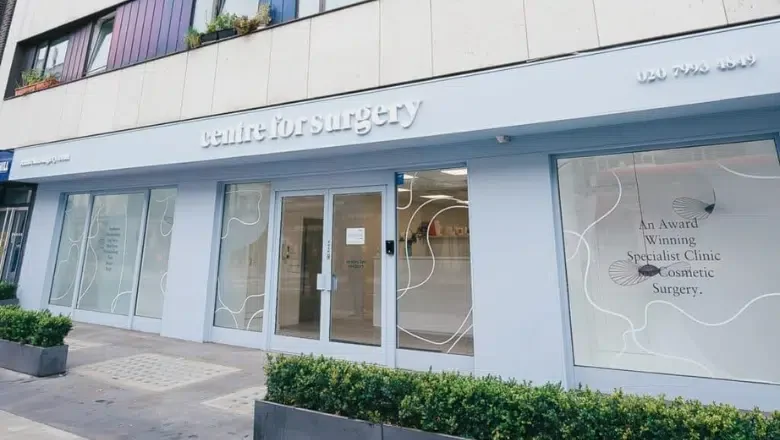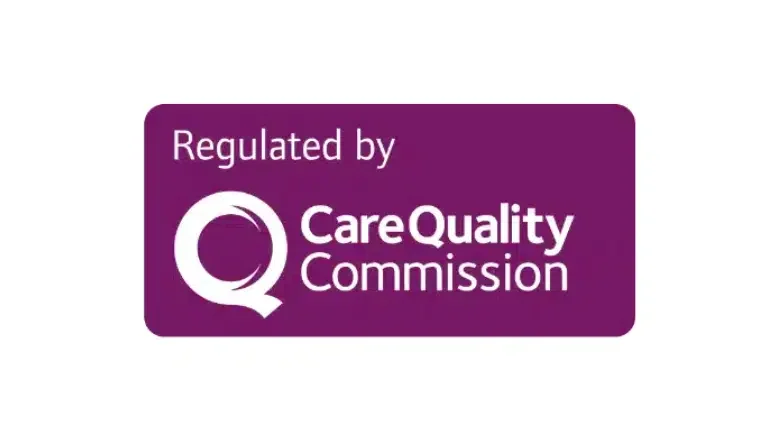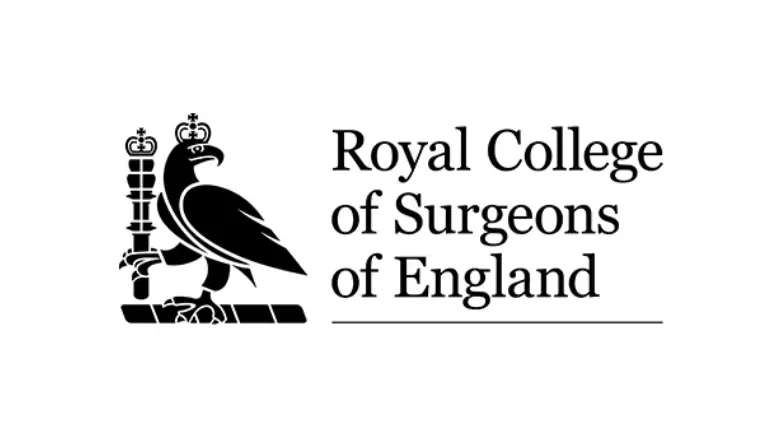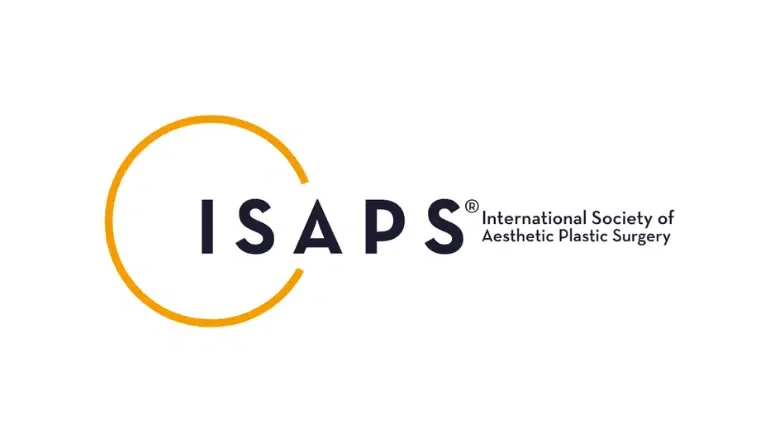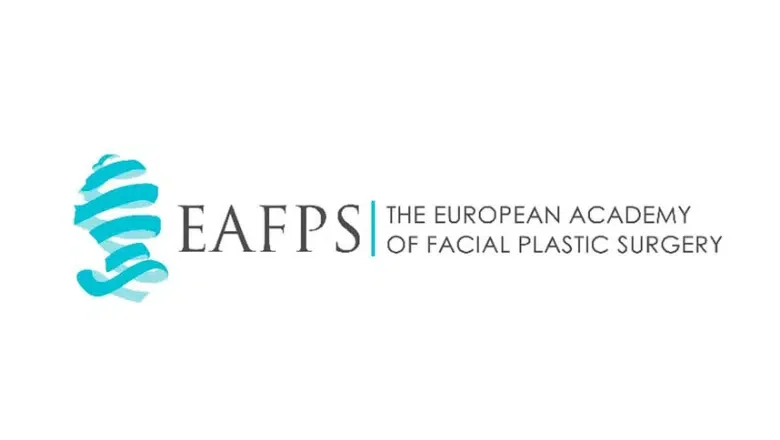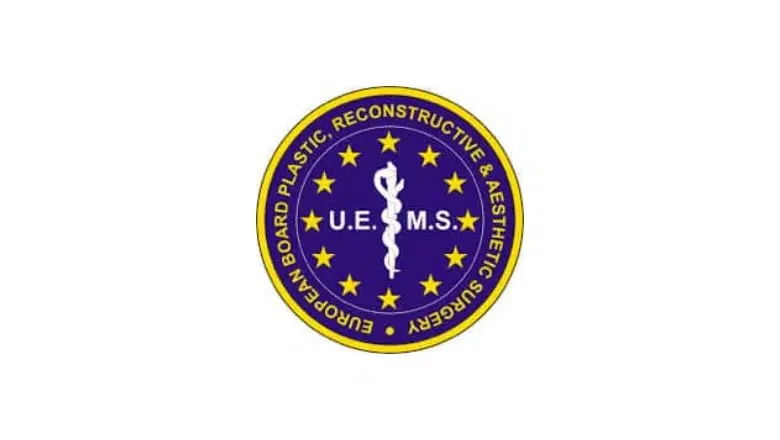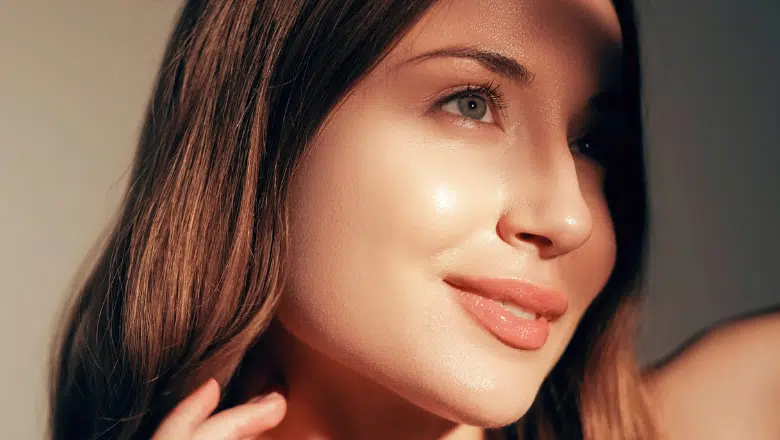
At Centre for Surgery in London, patients are guided carefully through these concerns. The hospital specialises in advanced plastic and cosmetic surgery and is committed to giving honest, realistic advice. Patients are reassured that blepharoplasty provides long-lasting benefits, but they are also informed about the natural changes that can still occur with ageing.
To understand the permanence of eyelid surgery, it is helpful to know how the procedure works, what influences the longevity of results, and the role that lifestyle and genetics play in how the eyes age over time.
What Eyelid Surgery Can Achieve
Blepharoplasty is designed to target drooping eyelids, loose folds of skin, and puffiness around the eyes. It can be performed on the upper eyelid, lower eyelid, or both simultaneously. Upper eyelid surgery typically removes sagging skin that may even obstruct vision, while lower eyelid surgery is often focused on reducing under-eye bags and smoothing out wrinkles.
The outcome is a fresher, more alert appearance, often making people look years younger. Unlike creams or non-surgical treatments, eyelid surgery offers a structural change by removing or reshaping tissue. This is why the results are measured in years rather than months. Patients often find that the improvements are not only visible but also deeply rewarding for their self-confidence and quality of life.
RELATED: Blepharoplasty (Eyelid Lift) Before & After Gallery
Are Eyelid Surgery Results Permanent?
Blepharoplasty delivers results that are long-lasting, but not technically permanent. The reason is that while the excess skin and fat removed during the procedure will not return, the ageing process continues. Skin naturally loses elasticity as the years go by, muscles weaken, and gravity takes its toll.
That said, the changes achieved by surgery are considered permanent in one sense. For example, fat that is removed or repositioned from the lower eyelids does not come back. Excess skin that is excised will not regrow. Patients can therefore expect to look better than they would have without surgery, even decades later. The improvements are real and enduring, even if the eyes continue to age gradually.
How Long Do Upper Eyelid Surgery Results Last?
For most people, upper eyelid surgery yields results that last between 10 and 15 years. In many cases, patients never need a repeat operation. The removal of drooping skin and the correction of hooded eyelids can remain stable for decades, primarily when performed with precision by an experienced surgeon.
The main reason some people return for further treatment is genetic predisposition. If you come from a family with a history of heavy eyelids, you may notice a recurrence of droopiness earlier than others. On the other hand, those with naturally firm skin may never feel the need for another procedure. Lifestyle and environmental exposure also make a difference. Someone who protects their skin from sun damage, eats well, and avoids smoking will almost always maintain their results longer.
How Long Do Lower Eyelid Surgery Results Last?
Lower eyelid blepharoplasty is usually even longer-lasting than upper eyelid surgery. The removal or repositioning of fat pads beneath the eyes typically provides lifelong improvement. Patients who once struggled with persistent puffiness are relieved to find that these changes rarely come back.
What can alter over time is the skin itself. Wrinkles, fine lines, and slight changes in texture are a normal part of ageing. Although these issues may arise in the years following surgery, they are usually mild compared to the problems the operation corrects. Treatments such as chemical peels, laser resurfacing, or dermal fillers can help maintain smooth, youthful-looking skin without the need for further eyelid surgery.
Factors That Influence the Longevity of Results
The duration of blepharoplasty results depends on several interconnected factors. Genetics is one of the strongest. People with naturally resilient skin and slower ageing tendencies are more likely to enjoy long-term benefits.
Lifestyle also plays an important role. Sun exposure is a major contributor to premature ageing around the eyes. Ultraviolet radiation weakens collagen and elastin, leading to sagging skin. Using sunscreen and wearing sunglasses helps protect delicate eyelid skin and keeps results looking good for longer. Smoking, on the other hand, accelerates skin ageing and can shorten the lifespan of surgical outcomes.
Weight fluctuations can also affect results. Significant changes in body weight may alter fat distribution in the face and eye area. Similarly, chronic conditions such as allergies, which cause repeated swelling or rubbing of the eyes, may influence the long-term appearance of the eyelids.
Ultimately, the surgeon’s expertise is crucial. A carefully tailored blepharoplasty that respects the natural structure of the eyelids is far more likely to remain stable over time. At Centre for Surgery, surgeons focus on creating natural improvements that age gracefully rather than producing an overly tight or artificial result.
The Role of Surgical Technique in Long-Lasting Results
The way eyelid surgery is performed makes a big difference in how long the benefits last. Modern techniques focus not just on removing skin or fat but on repositioning tissues for a more natural outcome. For example, in lower eyelid surgery, fat may be redistributed to smooth the transition between the eyelid and cheek, avoiding a hollowed-out look. This approach not only looks better but also remains stable for a longer period.
Upper eyelid surgery typically involves carefully removing only the necessary amount of skin, while preserving muscle function and maintaining eyelid support. Overly aggressive techniques from decades ago sometimes led to complications or quicker recurrence of droopiness. Today’s methods, when performed by skilled surgeons, balance precision with longevity.
RELATED: Eyelid Surgery FAQs – Q&A about Blepharoplasty
Lifestyle Choices That Extend Eyelid Surgery Results
Patients have considerable control over how long their results last. Consistent sun protection is one of the most effective measures. Daily use of a broad-spectrum sunscreen and wearing quality sunglasses helps prevent collagen breakdown. A balanced diet rich in vitamins and antioxidants supports healthy skin and reduces inflammation that accelerates ageing.
Avoiding smoking is also crucial. Smoking limits blood flow to the skin, weakens collagen, and leads to earlier sagging and wrinkling. Alcohol in excess can dehydrate the skin and worsen puffiness, so moderation is advisable. Regular hydration, quality sleep, and a good skincare routine all help preserve the youthful look created by surgery.
Stress management can also play a role. High stress increases cortisol levels, which may speed up visible ageing. Activities such as exercise, mindfulness, and relaxation techniques can indirectly contribute to maintaining results for longer.
Can Eyelid Surgery Be Combined With Other Treatments?
Many patients combine eyelid surgery with other procedures for a more comprehensive rejuvenation. A brow lift, for example, addresses sagging eyebrows that may contribute to a tired look even after eyelid surgery. A facelift targets the mid-face and jawline, creating balance with the refreshed eye area.
Non-surgical treatments also extend the benefits of blepharoplasty. Anti-wrinkle injections can smooth lines around the eyes, while dermal fillers restore lost volume in the cheeks and temples, complementing the youthful appearance. Laser resurfacing or chemical peels improve skin quality and texture, making results appear fresher for longer.
When Might a Secondary Eyelid Surgery Be Needed?
Although uncommon, a secondary blepharoplasty may be considered if significant drooping or sagging reappears many years after the initial procedure. Most patients wait at least a decade or more before considering further treatment, and many never require it.
When a second operation is performed, it is usually less extensive because much of the original problem has already been corrected. Advances in surgical technique also mean that repeat procedures can be carried out safely, provided they are performed by a surgeon experienced in revision eyelid surgery.
Emotional and Psychological Benefits of Long-Lasting Results
Beyond the physical improvements, eyelid surgery delivers lasting emotional benefits. Many patients feel more energetic, confident, and approachable after surgery. They often describe being treated differently by others, as their refreshed eyes give the impression of being well rested and alert.
These psychological effects can last as long as the visible results. Even as ageing continues, patients often feel they still look younger than their peers, and the boost in self-esteem remains. This sense of satisfaction is one of the reasons eyelid surgery has one of the highest patient approval ratings among cosmetic procedures.
Frequently Asked Questions
How long does eyelid surgery take?
The operation typically lasts one to two hours, depending on whether the upper eyelids, lower eyelids, or both are being treated.
Will there be visible scars?
Scarring is minimal and usually hidden within the natural creases of the eyelids. Over time, scars fade and are rarely noticeable.
Is the recovery painful?
Discomfort is usually mild. Swelling and bruising are common in the first week but improve quickly with proper aftercare.
Can eyelid surgery improve vision?
Yes, if drooping eyelids are obstructing your line of sight, upper eyelid surgery can both improve your appearance and restore clearer vision.
How soon can I return to normal activities?
Most patients resume everyday activities within one to two weeks. Complete healing, including the fading of scars, takes several months.
Do results look natural?
When performed by a skilled surgeon, results are natural and subtle. The aim is to refresh your appearance rather than completely overhaul it.
Is eyelid surgery safe?
When performed by an experienced plastic surgeon in a specialist clinic, blepharoplasty is considered a safe procedure with high success rates.
Why Choose Centre for Surgery
Centre for Surgery is recognised as one of the UK’s leading plastic surgery hospitals, based on Baker Street in the heart of London. We specialise in advanced cosmetic procedures, including eyelid surgery, performed by highly experienced consultant surgeons who are committed to achieving natural results with the highest standards of safety. Our patient-focused approach means that every treatment plan is tailored to your needs, ensuring a personalised journey from consultation through to aftercare.
Patients consistently praise our care and results:
“I was nervous about eyelid surgery, but the team at Centre for Surgery explained everything so clearly. The results are incredible, and I finally look refreshed again.” – Sarah, London
“From the consultation to aftercare, I felt supported at every stage. Dr Metin Nizamoglu’s expertise gave me natural results that exceeded my expectations.” – James, Surrey
“The staff were professional and kind, and my surgery has boosted my confidence massively. I wouldn’t hesitate to recommend Centre for Surgery to friends and family.” – Anya, Hertfordshire
We invite you to discover why patients choose the Centre for Surgery, explore our Meet the Team page, and view our before-and-after photos for real results. For detailed guidance, visit our FAQs & guides, clinic FAQs, and discover more about finance options to make treatment accessible. You can also read our plastic surgery blog for the latest updates, insights, and expert advice.
To book your eyelid surgery consultation, contact Centre for Surgery today at 0207 993 4849 or email contact@centreforsurgery.com. Our Baker Street clinic is conveniently located for patients across London and beyond, offering world-class care in a safe, comfortable, and discreet environment.
